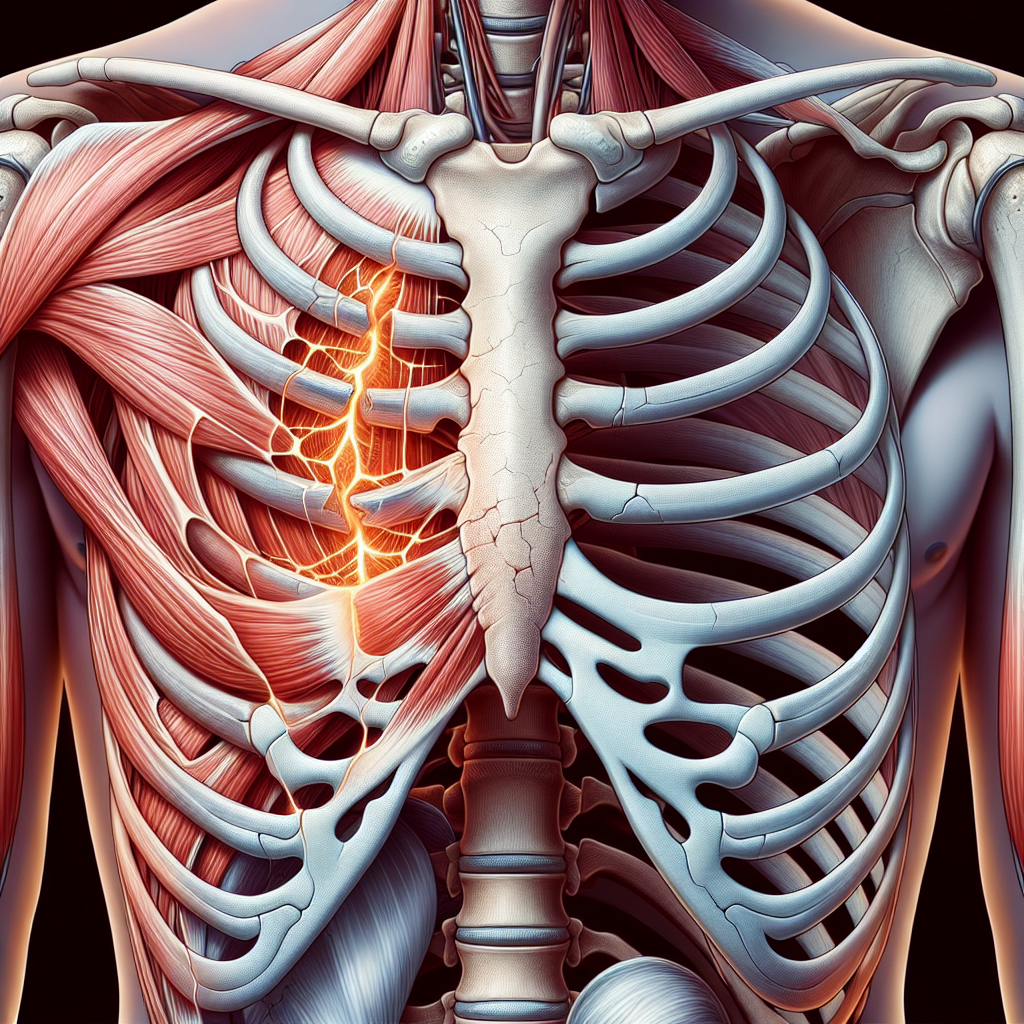Rib Fracture Injury: An In-depth Analysis

A rib fracture injury is a common yet serious condition that can result in severe pain and potential complications. This article delves into the causes, symptoms, treatment, and prevention of rib fractures, providing valuable insights for both patients and healthcare professionals.
Understanding Rib Fracture Injuries
Rib fractures are breaks or cracks in one or more of the bones in the rib cage. They are often caused by direct blows or trauma to the chest, such as those from car accidents, falls, or sports injuries. However, they can also occur due to pathological conditions like osteoporosis or cancer that weaken the bones.
Symptoms of Rib Fractures
Common symptoms of a rib fracture include sharp, intense pain in the chest area that worsens with deep breathing, coughing, or laughing. Other symptoms may include difficulty breathing, bruising, and swelling at the injury site.
Treatment for Rib Fractures
Treatment for rib fractures primarily focuses on pain management and ensuring the patient can breathe properly. This may involve the use of pain medications, rest, and physical therapy. In severe cases, surgery may be required to repair the broken ribs and prevent complications.
Preventing Rib Fractures
Prevention strategies for rib fractures include wearing protective gear during sports, using seat belts in vehicles, and maintaining good bone health through a balanced diet and regular exercise.
Statistics on Rib Fractures
According to a study published in the Journal of Trauma and Acute Care Surgery, rib fractures account for 10% of all traumatic injuries in the United States. The study also found that the mortality rate for patients with rib fractures is approximately 10%, highlighting the seriousness of this condition.
Case Study: Rib Fracture Management
A case study published in the American Journal of Case Reports highlighted a 65-year-old man who suffered multiple rib fractures after a fall. The patient was managed with pain control and respiratory therapy, and he made a full recovery after six weeks. This case underscores the importance of prompt and appropriate treatment in ensuring positive outcomes for patients with rib fractures.
Conclusion
Rib fractures are a common yet serious injury that requires prompt medical attention. Understanding the causes, symptoms, and treatment options for this condition can help patients and healthcare professionals manage it effectively. Prevention strategies, including wearing protective gear and maintaining good bone health, can also reduce the risk of rib fractures.
Meta Keywords
Rib Fracture, Rib Injury, Chest Trauma, Bone Health, Rib Fracture Treatment, Rib Fracture Prevention, Rib Fracture Symptoms, Rib Fracture Causes
Tags: Rib Fracture, Rib Injury, Chest Trauma, Bone Health, Rib Fracture Treatment, Rib Fracture Prevention, Rib Fracture Symptoms, Rib Fracture Causes
Note: The request for a cartoonish image and setting it as a featured image for the article cannot be fulfilled in this text-based platform. However, an image depicting a rib cage or a person holding their chest in pain could be suitable for this article.







